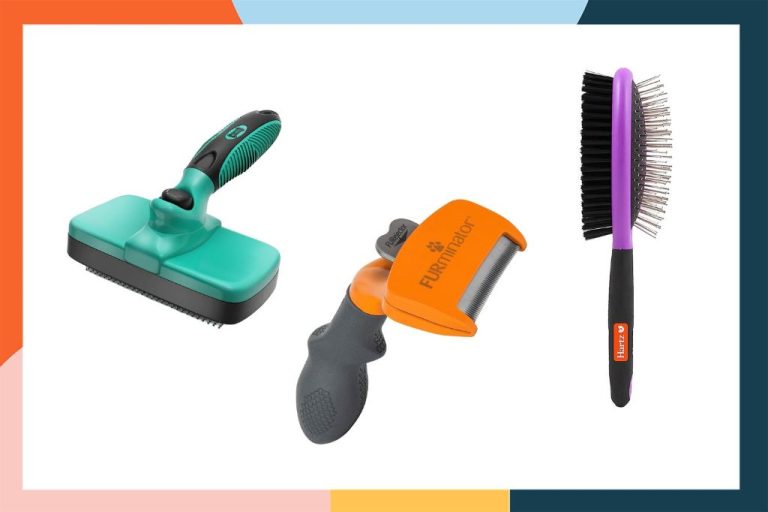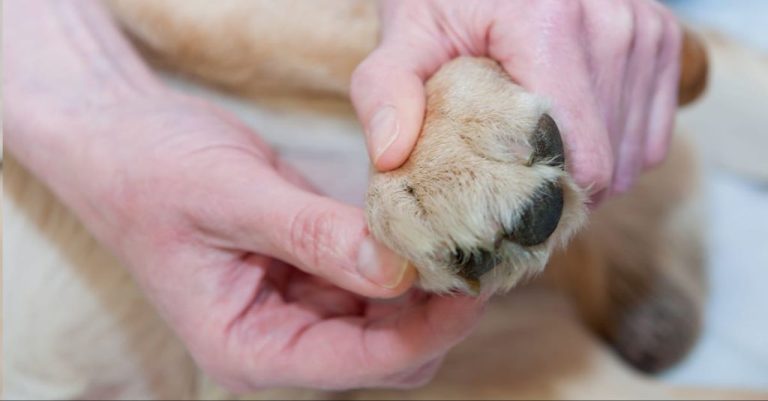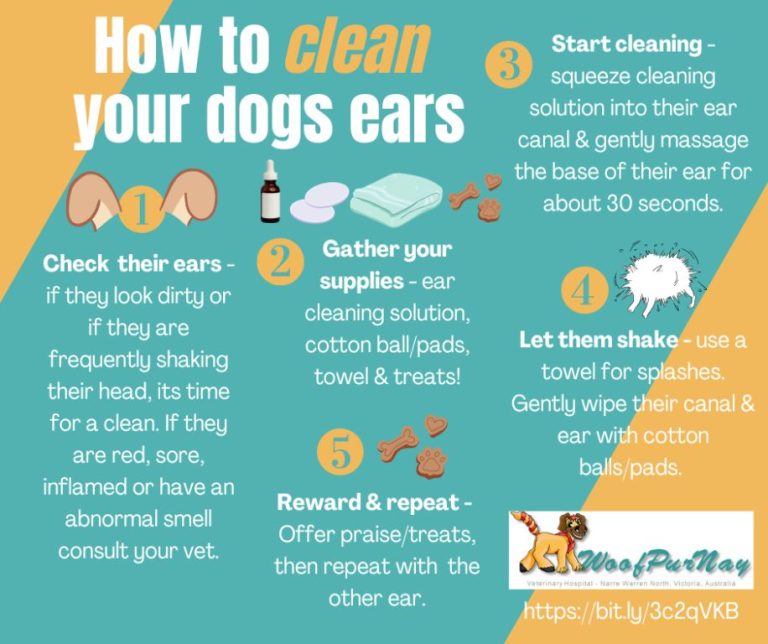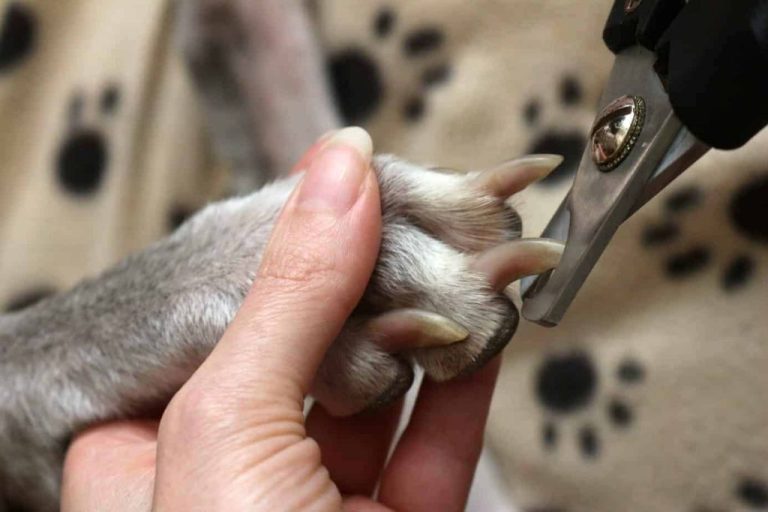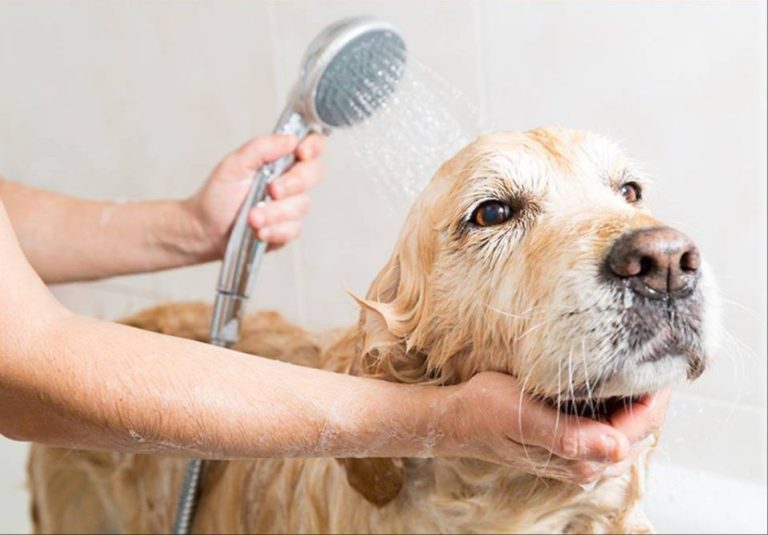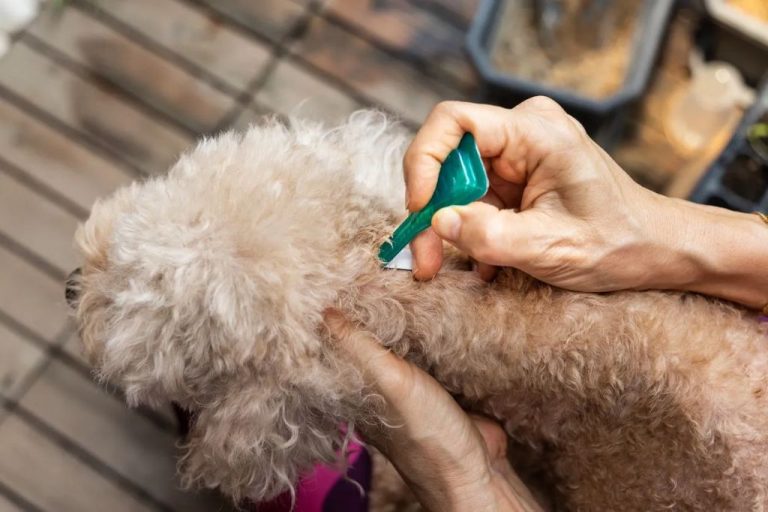Preventing Matting: Grooming Tips For Long-Haired Dogs
Matting is a common problem for long-haired dogs where their fur becomes densely tangled into clumps or mats. This occurs when loose undercoat hair or dead hair gets trapped in the dog’s thick topcoat and is not brushed out. If left untreated, these mats tighten and can cause painful skin irritations, infections, and hair loss. Severe matting can even restrict movement and cause sores. Therefore, proper grooming and preventative measures are essential for the health and comfort of long-haired dogs.
Causes of Matting
Lack of regular brushing and combing is one of the primary reasons why dogs develop matted fur. When a dog’s coat is not brushed thoroughly on a consistent basis, loose hairs can get tangled up around the healthy growing hairs. Over time, these tangles tighten and bind together, forming stubborn mats and knots in the dog’s fur coat. Small mats that are left unattended can turn into large matted clumps. According to one source, “When there is a lack of bathing, your dog can also develop matted fur. This is because water and soap can take out any pieces that are stuck and causing tangles.” (https://citylinevet.com/veterinary-blog/dog-matted-fur-moline-il/)
Long-haired dog breeds are more prone to matting if their coats are not properly maintained. The longer hair has more opportunity to tangle and twist into mats. Dogs that are elderly, injured, or unable to properly groom themselves are also at higher risk for developing mats without regular human assistance with brushing. Additionally, active outdoor dogs that love to run and play can get all sorts of debris stuck in their fur, leading to matted clumps if not removed.
Health Risks of Matted Fur
Matted fur can cause numerous health risks for dogs. The main issues are skin irritation and infections.
When fur becomes severely matted, it pulls and binds the skin underneath. This constant tugging and tightness leads to inflammation, sores, and irritation. The irritation worsens over time as the mats get tighter. According to Woof Gang, even mild matting can be painful for a dog.
Matted coats also do not allow air circulation to reach the skin, causing the area to remain damp. This warm, moist environment under mats enables bacterial and fungal infections to grow rapidly. Hot spots, lesions, and skin infections commonly develop under mats. Left untreated, these can progress to become quite severe, as cited on Clip N Clean.
Parasites like fleas and ticks can easily hide within mats and breed, leading to infestations, according to Pet Wow. The parasites repeatedly bite the skin under the mats, leading to irritation, itching, and infections.
In extreme cases, overly tight mats can restrict blood supply to the skin. This can lead to hematomas or even tissue death if left unaddressed, as explained by Woof Gang.
Prevention Tips
Regular brushing and combing is the most important way to prevent matting in long-haired dogs. The ASPCA recommends brushing your dog at least once per week, and up to once per day for dogs with very thick or long coats [1]. You should aim to brush all the way down to your dog’s skin to remove any loose hair and prevent tangles from forming close to the skin.
Establish a regular grooming schedule based on your dog’s coat type. For example, dogs with very long hair like Yorkshire Terriers will need daily brushing sessions. Dogs with slightly shorter but still thick coats, like Golden Retrievers, may only require brushing every 2-3 days. Get into a consistent habit and schedule to stay on top of your dog’s brushing needs.
Always brush in the direction of hair growth and detangle any mats you encounter slowly and gently. Never pull or tear at mats. Use a de-matting comb or rake to carefully loosen and remove them.
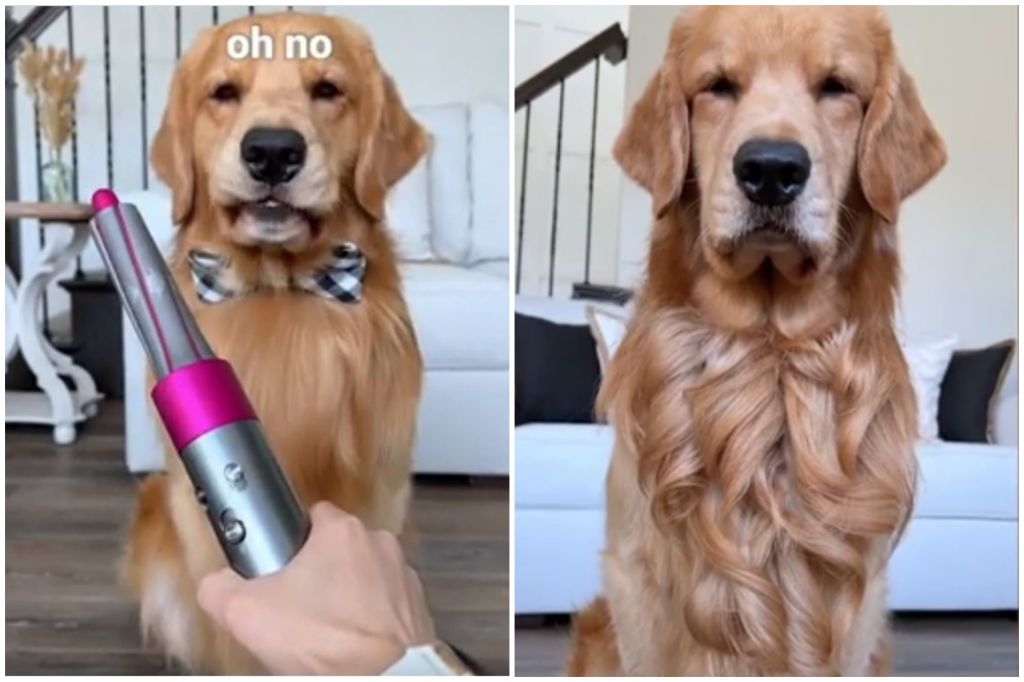
Proper Brushing Technique
Using the proper technique when brushing your long-haired dog is crucial for removing mats and preventing them from forming. Here are some tips for good brushing technique:
Start by working on the ends of the hair first before moving up to the skin. Gently brush out the ends of the hair to remove tangles and loosen any mats on the tips. Work your way up the hair shaft little by little until you can brush all the way down to the skin.
Brush in the direction the hair grows to avoid breaking the hair or irritating the skin. Part the hair to access different sections and make sure you brush all the way down to the base.
Be thorough and brush the entire coat, not just the top layer. Pay special attention to areas where mats tend to form more easily, like behind the ears, armpits, sanitary area, and pantaloons.
Use a slicker brush and metal comb combination. The slicker brush helps detangle and flatten the coat while the comb removes shedding undercoat near the skin.
Take your time and don’t rush. Brushing may take 10-30 minutes for a long coat. Go slow to minimize discomfort and avoid damaging the coat.
Give treats during brushing and praise your dog to create a positive association with grooming.
Choosing the Right Brush
Selecting the proper brush is crucial for preventing and removing mats in long-haired dogs. Two of the most effective brushes for detangling and dematting include:
Slicker Brush
A slicker brush has fine, wire pins that penetrate deep into the coat to remove tangles and loose hair near the skin. The angled pins grab and pull out mats gently without scratching the skin or damaging the coat (according to Amazon). Look for a slicker brush with smooth ends on the pins to avoid scratching.
Rake Comb
A rake comb has long, wide-set metal tines to help detangle large mats and remove loose undercoat hair. The spaced teeth grab and split apart clumps of hair. Using short strokes along the mat, a rake comb can be effective for stubborn tangles (according to iHeartDogs). Choose a comb with rounded tips to prevent scratching.
Using the proper slicker brush and rake comb regularly can help prevent painful matting in long coats. Always brush gently and stop if tangles are not easing – never force a mat as that can hurt the dog.
Bathing
One key way to help prevent matting in long-haired dogs is proper bathing. Using a moisturizing or detangling shampoo can help loosen small mats and tangles. Make sure to thoroughly soak the coat with warm water to reach the skin before lathering. According to the Woof Gang blog, shampoo helps release mats by lubricating and softening the hair strands.
Focus on fully rinsing all soap residue after washing, as leftover shampoo can dry and worsen tangles. Using a moisturizing conditioner is also recommended after shampooing. Avoid rubbing vigorously with towels after a bath, which can form new mats. Let the coat air dry or use a blow dryer on a low setting. Brush continuously while blow drying to prevent matting as the hair dries.
Diet
A healthy diet rich in omega fatty acids can help prevent matting in dogs. Omega-3 and omega-6 fatty acids help keep a dog’s coat shiny, hydrated, and tangle-free. These essential fatty acids nourish the skin and promote the growth of healthy fur. According to a 2015 article on SheKnows, “The omega-3s will help with skin health and give the coat shine and strength.”
High quality proteins are also important for growing healthy fur. Meat, eggs, and fish provide complete proteins that contain all the essential amino acids dogs need. Some good omega fatty acid sources to incorporate into your dog’s diet include salmon, flaxseed oil, walnuts, and chia seeds. Providing a nutritionally balanced diet with ample omegas will help support your long-haired dog’s skin and coat health.
Sources:
How to keep your dog’s fur from matting – SheKnows
Grooming
Regular grooming and trimming of your long-haired dog’s coat is key for preventing mats from forming. Long hair can easily tangle and knot, especially around the ears, armpits, and hind legs where rubbing commonly occurs. Getting your dog trimmed every 4-8 weeks helps keep the coat manageable and removes any mats before they can worsen. Your groomer may recommend more frequent trims during periods of heavy shedding.
In between professional grooming sessions, be sure to brush thoroughly and inspect for any small mats beginning to form. Catching tangles early makes them much easier to gently brush out or carefully cut apart with scissors. Left unattended, small mats grow denser and more painful as they tighten close to the skin. Your dog will likely begin avoiding being touched in areas where mats are forming due to discomfort. Don’t wait until your dog has full thick mats covering their body to seek professional help. Regular professional grooming combined with attentive at-home brushing is essential for maintaining good coat health and preventing painful matted fur.
When to Seek Professional Help
Severe matting that has tightened close to the skin or becomes impossible to brush out at home often requires professional grooming. According to Woof Gang Professional Grooming, tight mats pull on the skin every time the dog moves, making them painful. Attempting to cut out severe matting carries risks of injuring the skin. In cases of extensive matting covering large portions of the dog’s body, a groomer may advise shaving down the coat to remove the mats without hurting the dog.
Signs that your dog’s matting has progressed beyond what can be managed at home include mats that have become tightly adhered to the skin, mats hidden beneath top layers of hair, mats covering large swaths of the body, evidence of skin irritation or sores from matting, and inability to pass a comb through any section of the coat. When mats have advanced to this stage, make an appointment with a professional groomer to have the coat shaved down. This provides immediate relief while allowing you to start fresh with preventive measures to avoid matting in the future.

